Lilk an East London plant-based m*lk brand, set up by three friends over the pandemic, is now available to buy in Waitrose and Holland & Barrett.
I tossed away my Alpro and went to try it. I’m joking I don’t actually drink Alpro but I do like a dairy alternative occasionally. Although, I am not completely apposed to dairy consumption, I know enough about the reasons behind the push for cow’s milk consumption, and what happens behind the closed doors of most dairy farms, to keep me away from the products.
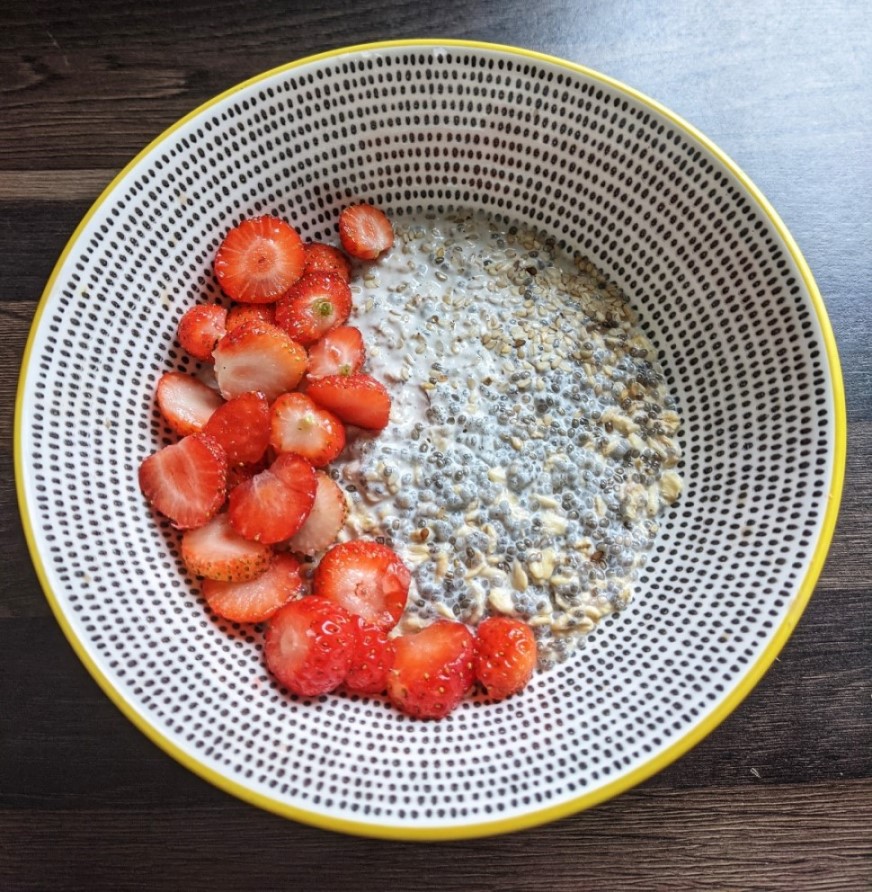
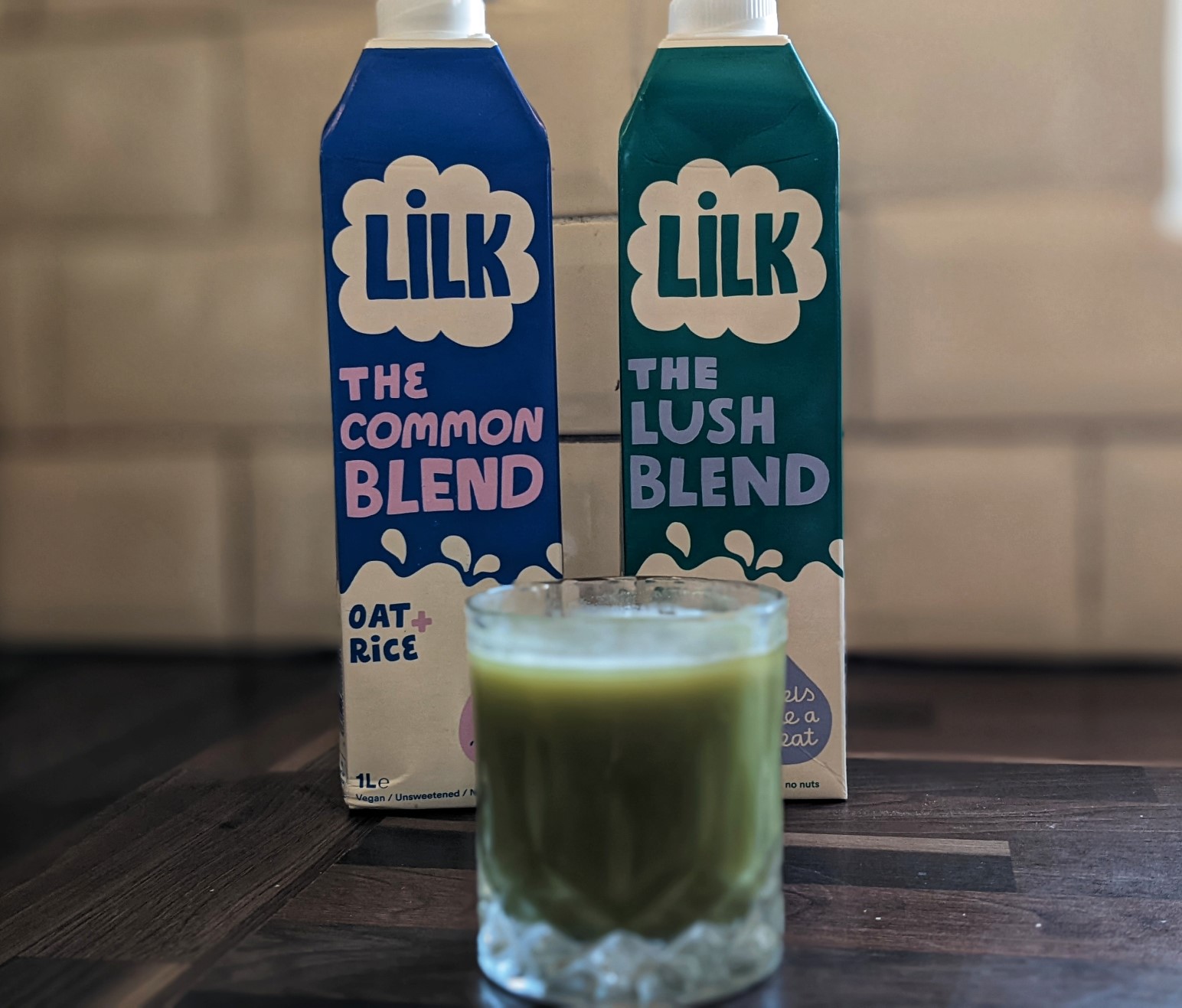
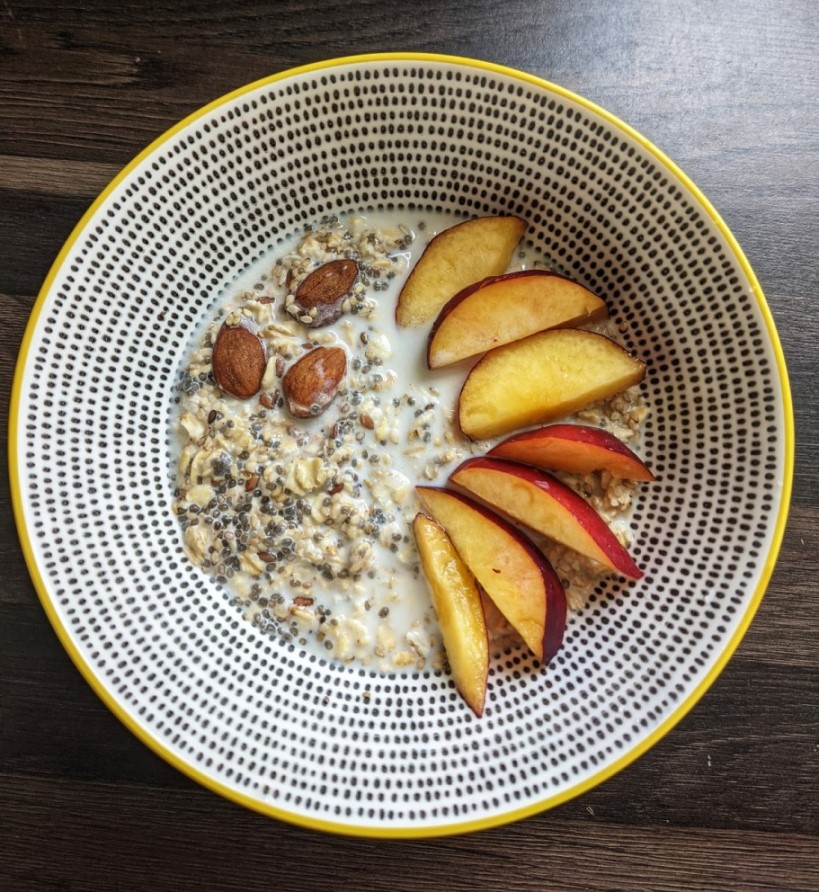
However, I do consume dishes that often require milk so as a result I’ve tried a fair amount of alternatives – the m*lks. The little * is not a typo by the way but rather the correct spelling of plant based dairy alternative products.
More than ten years ago now there was a EU court case of dairy farmers going against plant based m*lk producers to restrict them from putting the word milk on their products.
As a result milk alternatives now go by m*lk, mylk or even malk. Although, there are many brands and variations, they all taste different and each consumer tends to have a favourite including me. In winter time I love a cup of hot matcha and I find it tastes nicer with an oat mylk, never animal milk.
In summer, I enjoy a breakfast of overnight soaked all organic oats with chia, dried fruit and nuts. For this one I normally go for an organic almond m*lk because I like its plain flavour that allows the rest of ingredients bloom.
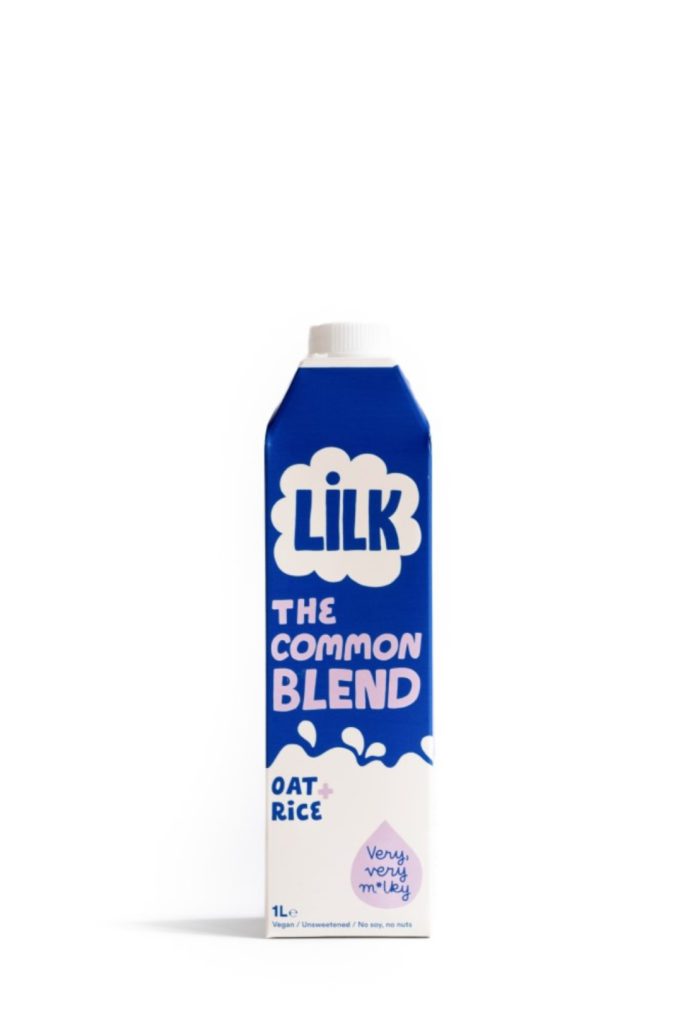
I decided to test the Lilk in my regular dishes. First was The Common Blend – a combination of oat and rice. This was created for tea and coffee in mind and it worked perfectly in my matcha.
The Lilk is a lovely white colour with a slightly sweet tone on the nose. It has cow’s milk texture and even froths well. I tried frothing it in my De’Longhi coffee machine. At the same time is it fairly light.
The Common Blend is slightly sweet but is not overpowering, unlike other rice and oat m*lks I’ve tried. It also has a natural, almost freshly made, taste to it. Do you know the one I am referring to?
With some mylks, especially the long shelf ones there is that heated, reheated over and over, plus pasteurised, scent. A bit like long shelf cow’s milk from a room temperature aisle.
The Common Blend also worked well in my overnight oats. It was not too sweet, so the added soaked figs and raisins did not turn it into a breakfast dessert.
Next was The Lush Blend by Lilk, which was made to be creamier that The Common Blend. It is made from coconut, oats and quinoa, plus vitamins and minerals. Normally I find quinoa a little too earthy to be in m*lks but I was pleasantly surprised.
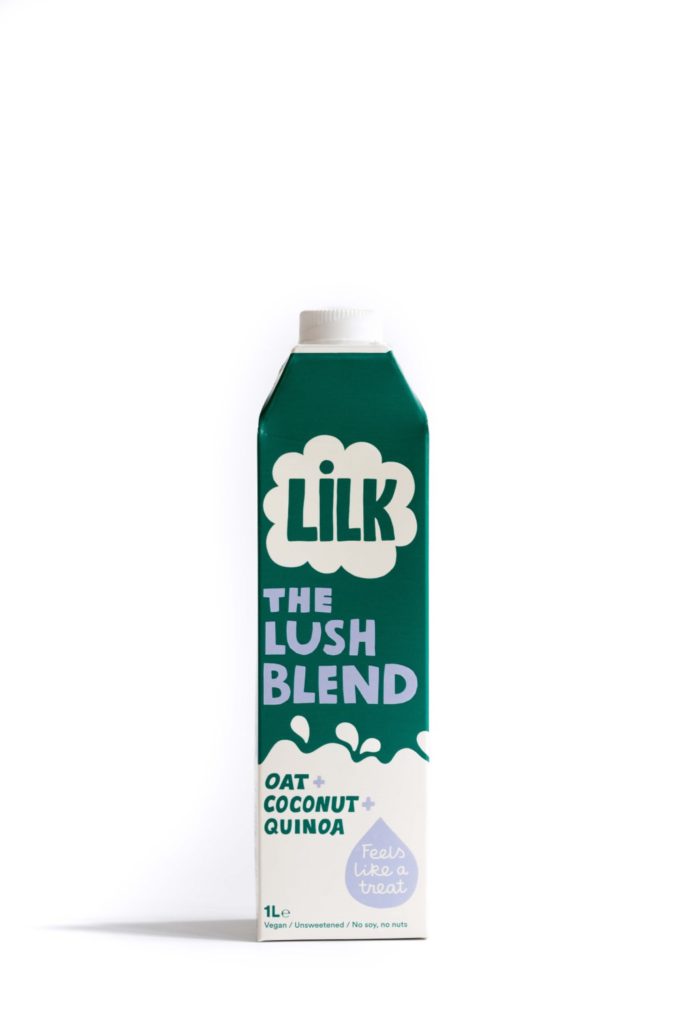
Instead quinoa adds a nutty hint to it and balances out the sweetness of other two ingredients. It is certainly richer version than The Common Blend. I found it a bit too creamy for my overnight oat breakfast bowls, though.
But I loved it in hot cacao and matcha, I in fact preferred it in cacao. The spelling with an ‘a’ is correct in this instance. Cocoa is a processed and heated version of cacao. While cacao is raw, which means it still has its nutrients and that bitterness of cacao beans.
The subtle sweetness of The Lush Blend balanced bitterness of cacao makes it taste almost like the hot chocolate people normally love, but without all those unhealthy ingredients in it.
Neither of the Lilk products curdled or split when being heated. They also come in a slightly different looking bottles designed by Combidome, making them fully recyclable. My only complaint is Lilk is not made from organic ingredients, sadly for me.
I enjoyed my sampling sessions. I think Lilk did a good job. The mylks are tasty and work well in a variety of dishes. Both of the them would also work great in savoury dishes or bakes. During the pandemic out of curiosity I substituted cow’s milk for almond m*lk when making bao buns from scratch and they turned out amazing. Lilk would work well in them too.
Available to purchase in Ocado, Waitrose and Holland & Barrett.
